Get Tech Tips
Subscribe to free tech tips.
Swaging Copper: Best Practices
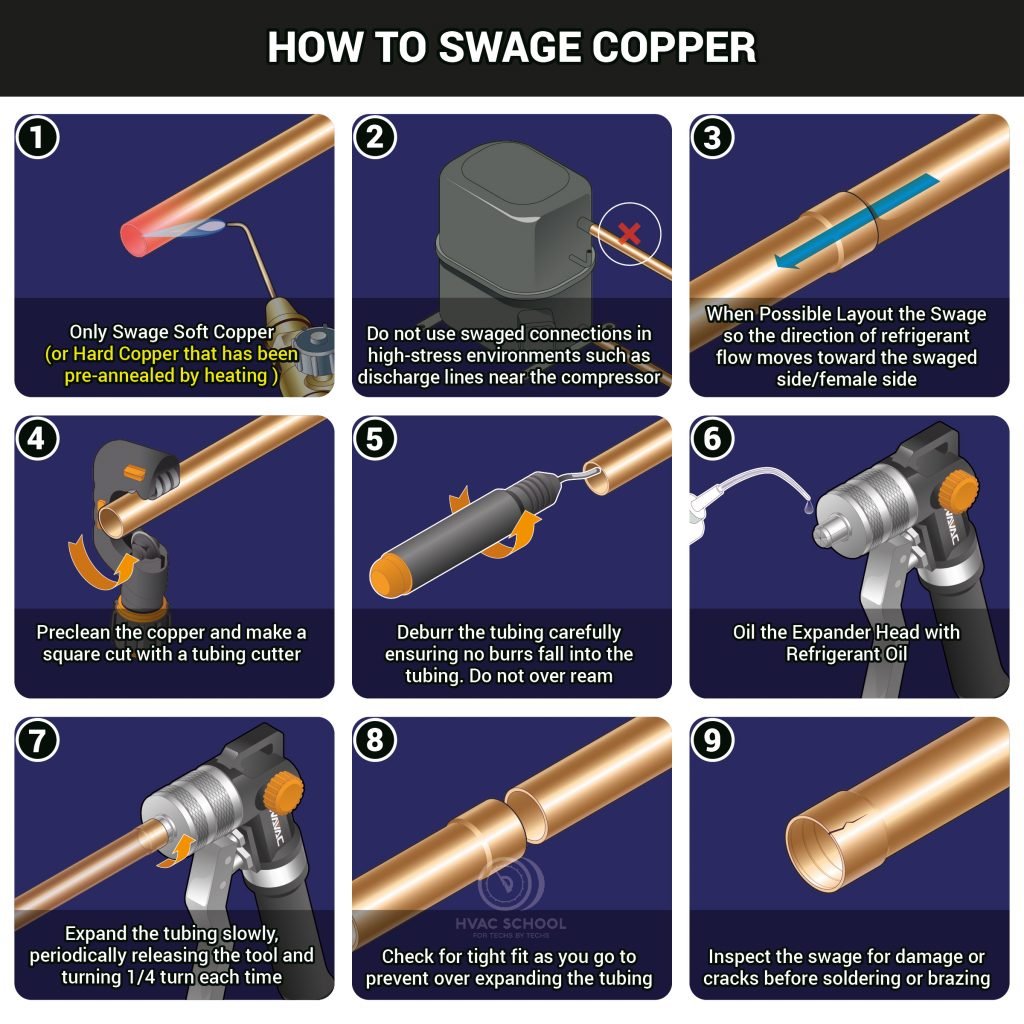
Swaging copper is one of the most common practices in our trade when it comes to brazing pipes. Yes, it sometimes makes more sense to slap on a coupling or street ell fitting, but most of the time, cutting your braze joints in half is much easier and faster during an install or repair.
So, here are the most common methods of swaging copper and some best practices to follow every time. Remember, take the time to do it right the first time. Otherwise, you may end up tripling your time by fixing it later.
Soft Copper
Punch Swage
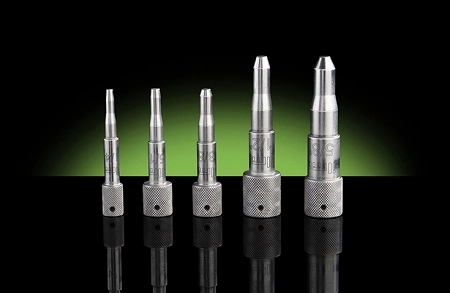
Punch swaging tools are like the Stone Age tool for swaging. They are tried and true and always available, but you’ll never catch a technician using this method when other methods are available.
When using the punch swage, don’t hold the copper with your hand or with channel-lock pliers. Always use a flaring block because you will have a better hold on the pipe and a better grip around the block. Using a 16oz ball-peen hammer is pretty standard, but use the flat side of the hammer. The most common thing to avoid with punch swage tools is “mushrooming” the head of the tool. Mushrooming occurs when technicians fail to rotate the pipe after each hit with the hammer and when they try to punch swage copper without the proper grip on the copper. They end up hitting the head of the punch swage tool too hard and too many times. The result is a bulging head that looks like a mushroom cap on the top of the tool. When this happens, the tool should no longer be used; fragments of the tool can begin to crack off and fly into the air upon impact with the hammer.
Swage Block

Chances are, if you’re already using a flaring block to help grip the copper for a punch swage, you also already have a flaring kit that comes with swage fittings. This method is a much easier way to swage, of course. Simply set up your pipe in the block and change out the flaring head with the appropriate swaging head. The clockwise rotation and impression of the swaging head into the copper with this method is more precise and generally yields better results than the punch swage.
Handheld Tube Expander
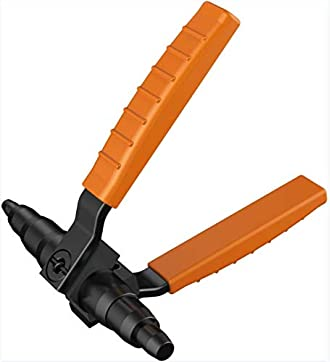
NAVAC takes the lead on what is probably the easiest handheld swaging tool. The “Tube Expander” is simple enough to keep in a tool bag and requires no hammer, no block, and very little setup. Just remember to rotate the copper after each “pump” of the tool to achieve a nice uniform swage.
Spin Swage

One of the more popular methods for swaging copper today is the Spin Swage kit. There are different designs with swage tools that fit into impact drivers as well. I find that you need an impact driver for swaging copper in sizes above ¾”. Most technicians either love or hate this method, but if you decide to use it, use a flaring block to hold the copper. Don’t use your hand because you likely won’t get a good enough grip and the tubing gets HOT quickly. You may also end up ovalling out the copper, and the heat caused by the friction can travel via conduction down the copper pretty quickly. Also, do NOT use channel locks to grip the pipe, as that can also cause kinks, and the bite marks from the tool can become potential leak areas.
Hydraulic Swage Tool
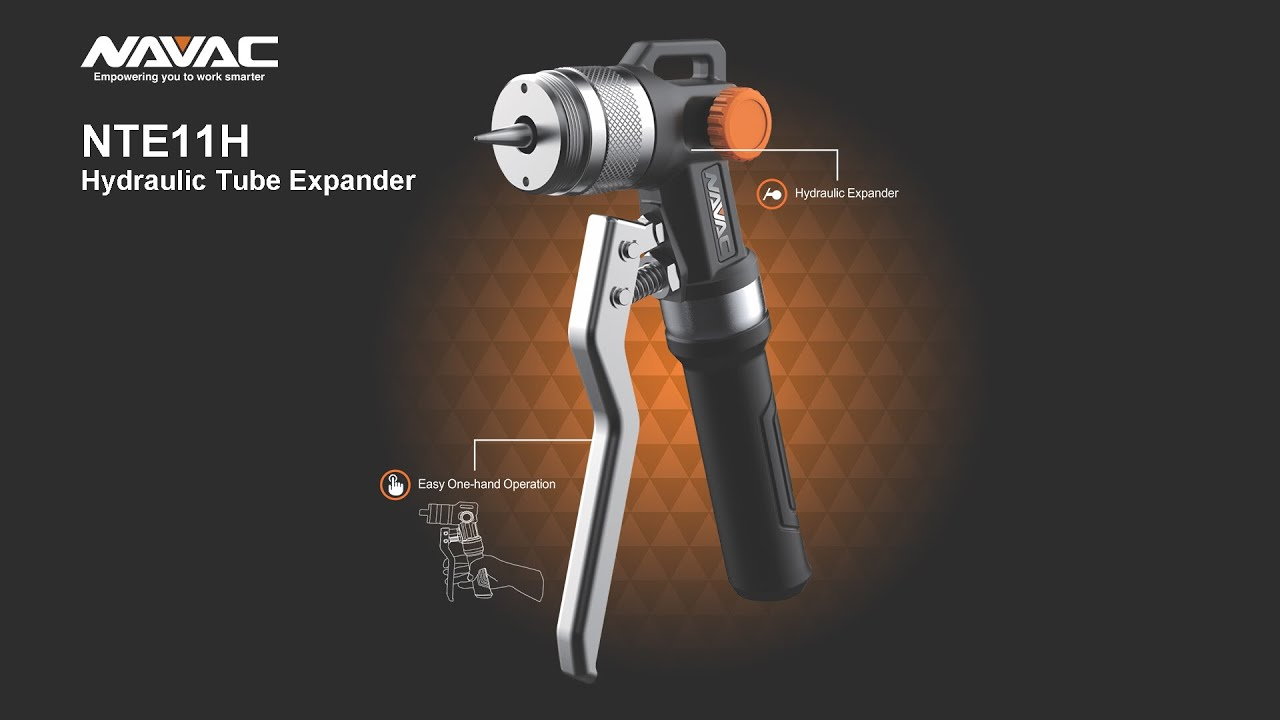
This tool has to be the most popular modern method for swaging soft copper. It’s fast, easy, and has a very high success rate that won’t damage the copper. Each head fits a different pipe size, and you simply pump the handle until the copper is fully expanded. Then, a simple release of the pressure allows you to remove the tool and get a good swage every time. Although this method is by far the most expensive, it’s a cost that only hurts once, and most technicians are happy to pay the cost for a method that takes much less time than any of the previously mentioned methods. The only downside to using this method is that sometimes the expander can crack small copper sizes (¼” to ⅜”). Most of the feedback I’ve heard to avoid this is simply to use the tool more slowly than larger sizes.
Another important step is to release the tension and give the tool a 1/4 turn a few times as you go. This will prevent stress from being concentrated in one area of the tubing.
Hard Copper
There’s really only one way I know of that allows us to swage hard copper, and that is a process called “annealing.”
Annealing
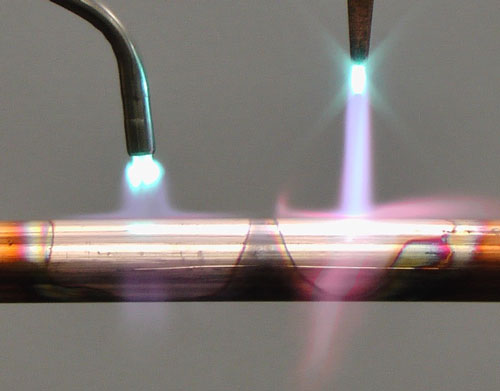
Annealing copper is simply the process of heating up the pipe and letting it cool down to reduce its rigidity. If you attempted to swage hard copper with a hydraulic swage tool without annealing, the copper would crack pretty quickly. All you have to do is select a torch tip that is big enough to heat the copper that dark cherry red we all love to see. After you’ve got the section of the pipe uniformly dark cherry red, allow the copper to cool naturally. Do not rapidly cool the pipe with water. Of course, you should always be flowing nitrogen when using any sort of flame on your piping. You could also purge nitrogen through the pipe as it cools. Once the pipe has cooled off, you can now use the swaging method of your choice (hydraulic swaging is the only method I’ve ever used after annealing hard copper).
Best Practices No Matter the Method
- Always clean your copper BEFORE you cut the tubing and AFTER annealing.
- Cleaning the pipe before cutting prevents any debris from the abrasive cloth from falling into the tubing.
- Use a good tubing cutter.
- Use fresh blades that are tight in place.
- Go slowly to reduce the lip on the inside of the pipe.
- Use a good deburring/reaming tool before swaging the copper.
- Only use a deburring tool when you can safely and confidently keep the shaving from falling back into the pipe. If that is unavoidable, then you shouldn’t ream the pipe.
- RTFM (Read the “fantastic” manual) for all your tools before using them in your specific application.
- Always flow nitrogen when applying a flame.
- Remember, the copper is now thinner at the swage bulb, so it will heat up faster. Take care not to burn a hole through your sexy new swage!
There are lots of ways to swage copper. Whichever method you prefer, or whichever is available to you, keep the above practices in mind no matter what, and always wear the proper PPE when brazing your pipe.
—Kaleb Saleeby











Comments
To leave a comment, you need to log in.
Log In